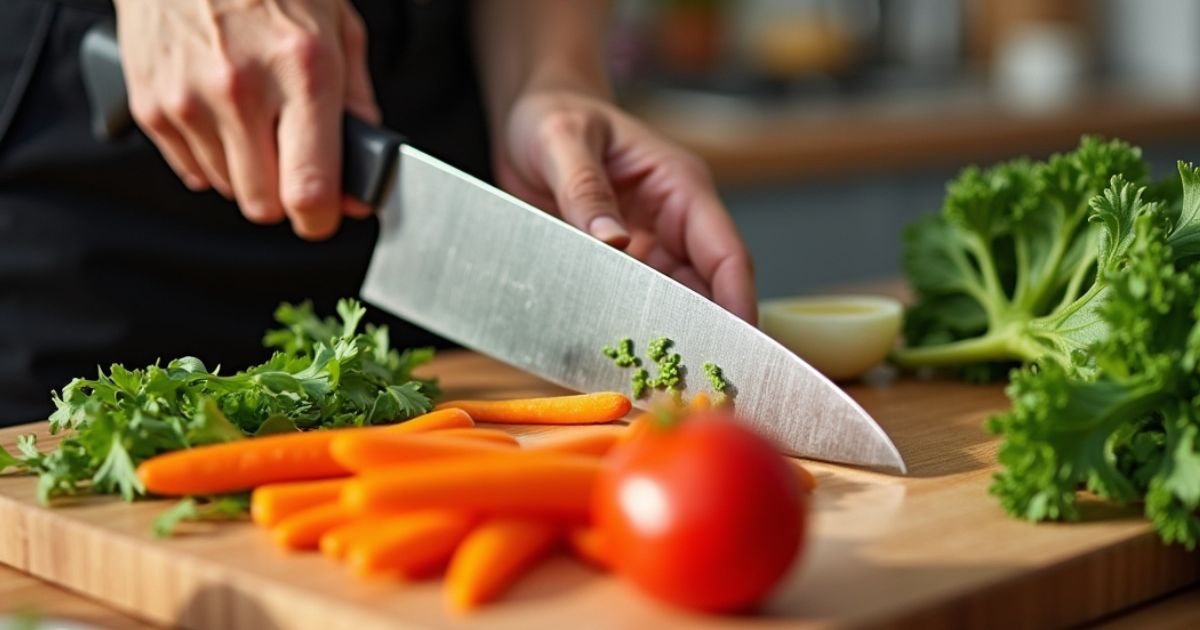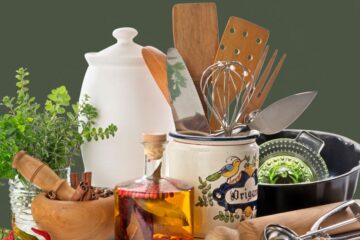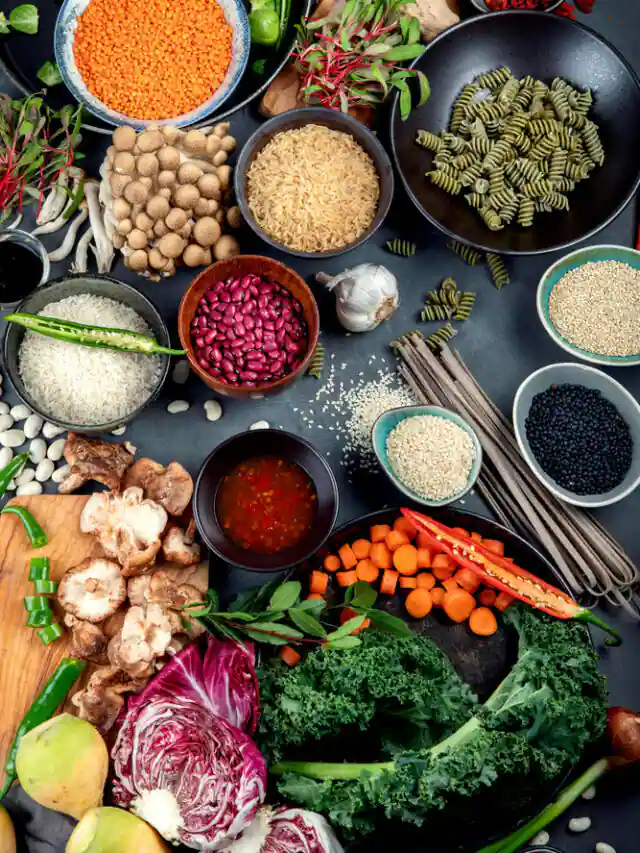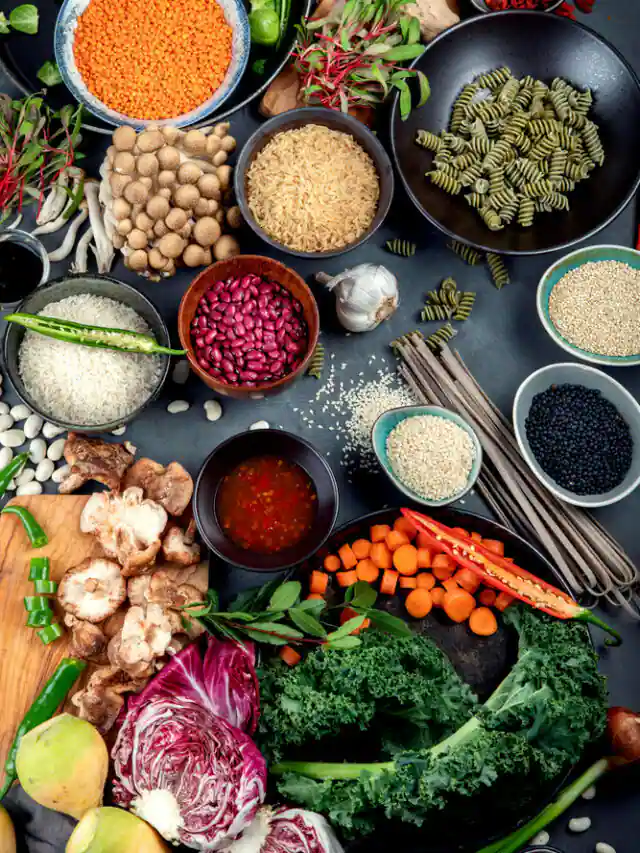Why Your Kitchen Knife Is a Lifestyle Tool, Not Just a Utensil
As a nutritionist, a chef, a homemaker, and a mother, I’ve spent countless hours in the heart of my home-the kitchen, or as we beautifully call it in Telugu, Mana Vantillu. Over the years, I’ve learned that cooking is more than just combining ingredients; it’s a mindful, therapeutic, and creative act. And at the very core of this practice is the simplest, most fundamental tool: the kitchen knife.
Forget fancy gadgets and expensive appliances for a moment. Your knife is the true extension of your hand, a partner in your culinary dance. For a life coach, it represents precision-the focused effort that yields perfect results. For a doctor, it’s about safety-a sharp tool is a safe tool, preventing slips and injuries. For a foodie, it’s texture and flavor-a clean, precise cut preserves the cell structure of food, making vegetables crisper and meat more succulent.
This isn’t about collecting a monstrous 20-piece knife block; it’s about investing in the right 15 essential blades that will transform your kitchen experience from a chore into a joy, paving the way for better health, delicious meals, and mindful cooking.
The Anatomy of Excellence: Material Quality Matters
Before we dive into the list, you must understand what gives a knife its soul-its material. As an expert in material quality, I can tell you that the blade’s steel is the single biggest factor in its performance, edge retention, and longevity.
Key Blade Materials:
- High-Carbon Stainless Steel (The Workhorse): This is the ultimate blend for the busy home chef. It contains more carbon than traditional stainless steel, giving it superior hardness and edge retention (like Western/German brands: Wüsthof, Zwilling, Victorinox). It resists rust better than pure carbon steel.
- The Verdict: Excellent for everyday versatility, durability, and moderate maintenance. Look for steels like X50CrMoV15.
- High-Carbon Steel (The Traditionalist): This steel can be sharpened to an incredibly fine, razor-sharp edge and is easier to re-sharpen. It is, however, prone to rust and discoloration (forming a beautiful, protective ‘patina’). (Common in many Japanese knives).
- The Verdict: Best for extreme sharpness and those who enjoy the ritual of high-maintenance tools.
- Japanese “Super Steels” (The Precision Artist): Think VG-10, AUS-10, and SG2/Super Steel. These are extremely hard steels, allowing for a thinner, more acute edge angle (often 15-20° per side) that holds its sharpness for an incredibly long time (like Japanese brands: Shun, Miyabi, Global).
- The Verdict: Unmatched for delicate, precision work (like sushi or fine vegetable cuts). They require careful handling and are more brittle.
- Ceramic (The Light & Bright): Ceramic blades are exceptionally hard and hold their edge for an incredibly long time. They are non-reactive and lightweight.
- The Verdict: Great for slicing soft fruits and vegetables, but they can be brittle and chip easily if dropped or used to chop hard items. They also require specialized sharpeners.
Forged vs. Stamped: A Chef’s Perspective
- Forged Knives: Made from a single, solid bar of steel that is heated, hammered, and shaped. They typically have a bolster (the thick collar between the handle and the blade) and a full tang (the metal extends fully through the handle). They are heavier, better balanced, and more durable.
- Stamped Knives: Cut out from a sheet of steel. They are lighter and more flexible. They are often less expensive and can be excellent quality (like the budget-friendly Victorinox Fibrox Pro).
The 15 Essential Knives for a Modern Kitchen
You don’t need a huge block, but having the right tool for the right job is where true efficiency and precision lie. Here is the curated list of the 15 knives that will elevate your cooking game in Mana Vantillu.
I. The Core Trinity (Must-Haves)
These three knives cover 90% of your cutting needs. If you’re managing money wisely, start here!
1. The 8-Inch Chef’s Knife (The MVP/Gyuto)
- Purpose: The ultimate workhorse. Chopping, slicing, dicing, mincing, and rocking motion.
- Precision Angle: Its curved blade allows for a smooth, rocking motion that quickly processes large volumes of ingredients.
- My Tip (Chef/Money Manager): Invest your most significant budget here. A quality, fully-forged Chef’s knife (like a Wüsthof Classic or a high-end MAC) will be the best money you ever spend on your kitchen.
2. The Paring Knife (The Surgeon)
- Purpose: Small, delicate, in-hand tasks. Peeling, coring, trimming, deveining shrimp, creating garnishes.
- Precision Angle: Absolute control due to its small (3–4 inch) size and pointed tip. Safer than a large knife for peeling in your hand.
- My Tip (Homemaker/Foodie): Use this for peeling fruits and potatoes, or for cutting intricate fruit garnishes. Its precision is a presentation game-changer.
3. The Serrated Bread Knife (The Crusader)
- Purpose: Slicing through anything hard on the outside and soft on the inside without crushing.
- Precision Angle: The serrated teeth act like a saw, gripping and cutting tough crusts (bread, sourdough) and delicate, waxy skins (tomatoes, peaches) without squashing the interior.
- My Tip (Blogger/Mother): A perfectly sliced tomato for a sandwich or a flawless slice of cake speaks volumes. Longer blades (9-10 inches) are better for large loaves.
II. The Versatile Quartet (The Daily Helpers)
These knives fill the gaps and provide more efficiency for specific common tasks.
4. The Santoku Knife (The Japanese All-Rounder)
- Purpose: Slicing, dicing, and mincing-the three virtues its name describes.
- Precision Angle: A straighter edge than a Chef’s knife, favoring a clean, straight-down chop. Many have a hollow-ground edge (Granton edge or dimples) to prevent food from sticking.
- My Tip (Nutritionist/Yogi): Excellent for rapidly chopping and dicing vegetables for a quick, healthy stir-fry. It’s a wonderful alternative for those who prefer an up-and-down motion over a rocking chop.
5. The Utility Knife (The In-Between)
- Purpose: Bridging the gap between the Chef’s and Paring knife. Slicing sandwiches, trimming small roasts, or cutting smaller vegetables.
- Precision Angle: Its mid-length (4–7 inches) offers more control than a chef’s knife for medium-sized items.
- My Tip (Homemaker): This is the ideal knife for those quick, everyday jobs that you might otherwise misuse your Chef’s knife for.
6. The Boning Knife (The Butcher’s Tool)
- Purpose: Separating raw meat, poultry, or fish from the bone. Trimming fat.
- Precision Angle: Thin and narrow blade allows you to glide around joints and bones with minimal waste. Choose a flexible blade for poultry/fish and a stiff one for beef/pork.
- My Tip (Chef): Filleting fish like a pro is incredibly satisfying. A sharp, flexible boning knife is essential for this precision, allowing you to maximize yield and minimize waste.
7. The Slicing/Carving Knife (The Presenter)
- Purpose: Carving cooked meats-turkey, roasts, ham-into thin, even slices.
- Precision Angle: Long, thin blade ensures long, straight slices for a professional presentation. Often paired with a carving fork.
- My Tip (Foodie/Blogger): Presentation is key! For holiday roasts, this knife guarantees beautifully thin, uniform slices that look perfect on a platter.
III. The Specialist Octet (The Expert Arsenal)
For the serious cook, these knives offer hyper-specialized precision for truly professional results.
8. The Nakiri Knife
- Purpose: Strictly for vegetables (like a small cleaver). Chopping, dicing, and finely julienning.
- Precision Angle: Its completely flat blade ensures full contact with the cutting board, making perfect, clean, straight-down cuts without a rocking motion.
- My Tip (Nutritionist): If you eat a lot of fresh vegetables, this is a joy to use. It excels at making thin ribbons of cabbage or perfect dice of root vegetables.
9. The Cleaver Knife
- Purpose: The powerhouse. Chopping through bones, heavy-duty root vegetables, and tenderizing meat.
- Precision Angle: Uses sheer weight and thickness for force, rather than razor-thin sharpness.
- My Tip (Chef): Don’t use your delicate Chef’s knife for chicken bones! The cleaver is designed for this brute-force precision.
10. The Fillet Knife
- Purpose: Separating fish flesh from skin and bone, often with a delicate, flexible blade.
- Precision Angle: An extremely flexible, thin blade allows for intricate maneuvering along the bone structure of a fish.
11. The Offset Serrated Knife
- Purpose: Spreading, leveling, and slicing cakes, brownies, and pastries.
- Precision Angle: The handle is raised (offset) above the blade, allowing your knuckles to clear the cutting board or cake surface for an incredibly level, smooth cut.
- My Tip (Homemaker/Foodie): Essential for cake decorators and pastry lovers. A clean slice is a matter of pride!
12. The Tomato Knife
- Purpose: Slicing small, soft, or waxy-skinned fruits and vegetables.
- Precision Angle: Small, sharp serrations and a forked tip (to pick up slices). It’s a precision serrated tool for maximum control on delicate items.
13. The Steak Knife Set (4-6 pieces)
- Purpose: Table use for cleanly cutting cooked proteins.
- Precision Angle: Usually partially serrated or very sharp straight-edge for a clean slice through steak fiber, preserving the meat’s juices and tenderness.
- My Tip (Life Blogger): Don’t ruin a perfectly cooked steak with a dull table knife. A good set enhances the dining experience for your guests.
14. The Grapefruit Knife
- Purpose: Separating the flesh of citrus fruits from the rind and membrane.
- Precision Angle: A small, curved, double-edged (usually serrated) blade that hugs the curvature of the fruit.
15. Kitchen Shears
- Purpose: Not a knife, but a vital cutting tool. Snips herbs, cuts twine, trims pastry dough, breaks down poultry, and opens food packaging.
- Precision Angle: The pivot point gives immense leverage for powerful, controlled cuts that no blade can easily replicate.
- My Tip (Money Manager/Mother): Look for ‘come-apart’ shears; they are easier to clean and sanitize completely.
The Yoga of Maintenance: Care & Safety
A knife’s precision is fleeting if you neglect its care. Think of it as your daily Yoga practice for the kitchen-regular, mindful maintenance is key to safety and longevity.
1. The Mantra: Sharp is Safe
A dull knife is an unpredictable knife. It requires excessive force, increasing the chance of slipping and causing serious injury.
- Honing: Use a honing rod (or steel) before every use. This doesn’t sharpen; it realigns the microscopic edge of the blade, keeping it straight and effective.
- Sharpening: This removes steel to create a new edge. Do this only once or twice a year, or when honing no longer restores the edge. Invest in a quality whetstone or seek a professional sharpening service.
2. The Golden Rules of Cleaning
- NEVER put a good knife in the dishwasher. The heat, abrasive detergent, and rattling against other utensils will rapidly dull the edge and damage the handle.
- Hand Wash Immediately: Wash with warm, soapy water after each use.
- Dry Completely: Crucial for all knives, especially high-carbon steel, to prevent corrosion and rust. Wipe dry with a towel immediately after washing.
3. The Right Cutting Board
- Always cut on a soft surface: wood or high-density plastic.
- Never cut on glass, marble, granite, or metal. These materials are harder than the blade steel and will instantly dull or even damage your precision edge.
The Final Word from Your Kitchen Companion
Choosing your knives is a personal journey, a reflection of the meals you love to create in your Mana Vantillu. As a life coach and content writer, I encourage you to see this investment as one in yourself-in your cooking pleasure, in your efficiency, and in your safety.
Start with the Core Trinity, ensure you buy the best quality high-carbon stainless steel you can afford, and treat them with the respect they deserve. Your journey to precision cutting begins now.










